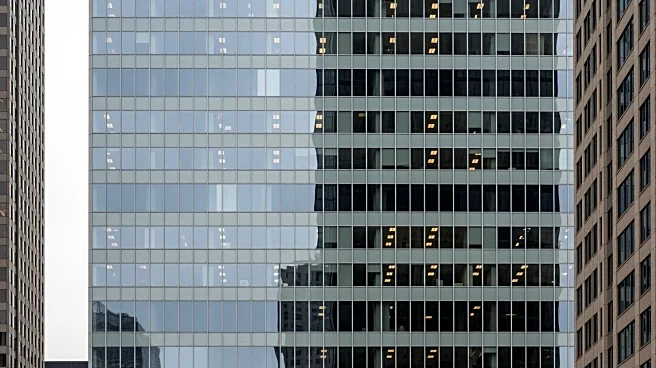What's Happening?
Entrepreneurs in Chicago are capitalizing on the Loop's gradual recovery by opening new restaurants and stores. The area has seen increased foot traffic from workers and tourists, boosting confidence among
small-business owners. Despite challenges such as a lower daytime working population and high retail vacancy rates, new establishments are emerging, particularly near the West Loop's new office buildings and tourist-heavy areas. The Chicago Loop Alliance reports that over 30 new businesses will open by the end of the year. Property owners are enhancing office spaces with amenities to attract workers back, while restaurants are seen as vital for creating a vibrant downtown ecosystem.
Why It's Important?
The revitalization of Chicago's Loop is crucial for the city's economic recovery post-pandemic. As more businesses open, they contribute to a dynamic urban environment that attracts workers and tourists, supporting local economies. The trend indicates a positive shift in commercial real estate, with landlords offering favorable lease terms to encourage business growth. This recovery is essential for maintaining Chicago's status as a major business hub, providing employment opportunities and fostering community engagement. The success of these ventures could serve as a model for other urban areas facing similar challenges.
What's Next?
If the current trend continues, Chicago's downtown could see further improvements in business activity and foot traffic. Companies may continue to upgrade office spaces to lure employees back, while the city might focus on enhancing infrastructure to support new businesses. The ongoing recovery could lead to a decrease in retail vacancy rates, although challenges remain in certain areas. Stakeholders, including city planners and business owners, will likely monitor these developments closely to ensure sustainable growth and address any emerging issues.
Beyond the Headlines
The recovery of Chicago's Loop highlights broader urban development trends, such as the shift towards mixed-use spaces and the importance of local businesses in revitalizing city centers. It underscores the need for adaptive strategies in commercial real estate and the role of community engagement in economic recovery. The situation also raises questions about the long-term impact of remote work on urban environments and how cities can balance commercial and residential needs.












